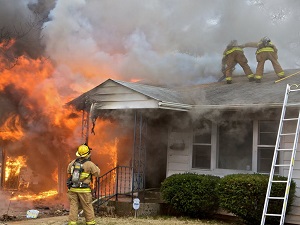 Friday, April 19, 2024
Friday, April 19, 2024  Friday, April 19, 2024
Friday, April 19, 2024 
It has often been said that just because building occupants can’t see flames or smell smoke, it doesn’t necessarily mean there isn’t an emergency fire situation. Nevertheless, recent advances in software allow building fire alarm system technology to deliver faster, dependable and stable methods of fire and smoke detection which are also less prone to create unwelcome false alarms. Another benefit of these new smart detectors are their capability to communicate with the fire alarm control panel and deliver pre-alerts regarding fluctuations in their sensitively. This allows building management to arrange for the device change out prior to the build-up of dust or grime contamination reaching its alarm activation threshold. As is usually the case, the requirements for the installed technologies may differ from building to building: there are a host of equipment options, programmable features and design capabilities.
It would be very convenient if occupants of all building could follow the same set of fire evacuation procedures when the fire alarm system sounds in the building. While there are common elements in all fire evacuations, the actual procedures are always customized for each building. This is because there is such a diverse range of buildings, types of occupancies and occupant loads. A chosen fire evacuation strategy reflects the nature of the activities in the building, its classification, and the type of fire safety systems present. The fire evacuation procedures for occupants are clearly outlined within each city-approved fire safety plan. In addition, the plan describes how to raise the alarm, notify the local municipal fire service, and the best means to quickly evacuate the occupants from the premises. Following an evacuation, all occupants within a building must be accounted for at the outside safe haven areas. The means of achieving this is normally the responsibility of the elected supervisory personnel of the building. Pre-planned arrangements for supporting persons requiring assistance are also outlined in the plan. The list of persons requiring assistance to evacuate the building shall be updated as needed and at intervals of no greater than one month.